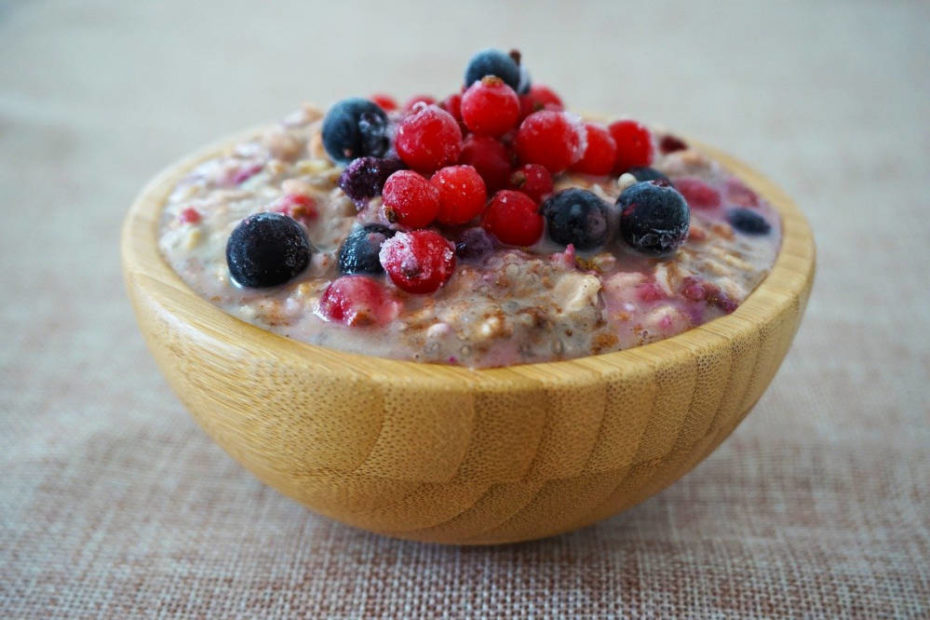You have probably heard before that having high blood sugar levels is a bad thing and can lead to blood vessel damage. It is particularly worrying because it is often an indication of Type 2 diabetes as the body can no longer absorb the glucose (a sugar) from the blood as it is not sensitive to insulin which is the hormone which signals to the cells to absorb the sugar. This means that blood sugar levels rise and cause damage to blood vessels.
But did you know that low blood sugar levels are also bad for you? Your body, and especially your brain need sugar to function and so low blood sugar can leave you feeling lethargic and dizzy. So to stay feeling at your best, you should try and maintain stable blood sugar levels.
How can I maintain stable blood sugar levels?
There are some foods which quickly release sugar into the blood stream and will cause your blood sugar to ‘spike’ and then crash again, leaving you craving more sugar. These are the types of foods you want to avoid if you want to maintain stable blood sugar levels. The best foods for stabilising your blood sugar are those which release sugar slowly. Eating high fibre foods such as wholegrains, seeds and vegetables has also been shown to regulate blood sugar levels as it increases strains of bacteria in the gut that produce butyric acid which has been shown to boost the production of insulin, resulting in lowered blood sugar levels.
What is the glycaemic index (GI) and how can it help me stabilise my blood sugar?
The glycaemic index ranks carbohydrates from 0 to 100. A low ranking food means that sugar is delivered into the bloodstream slowly (these are the carbohydrates you want to be consuming) and high ranking foods are more likely to spike your blood sugar and are therefore foods you want to avoid.
| Examples of Low GI Foods | Examples of High GI Foods |
| Beans | Potatoes |
| Pasta | White bread |
| Porridge | Short-grain rice |
| Lentils | Cereal |
| Sweet potato | Pretzels |
| Barley | Rice cakes |
| Fruit | Crackers |
Generally, high GI foods are those which have been processed such as white bread and rice. Other factors that can increase the GI of a food include cooking times: the longer a food is cooked, the higher the GI and the ripeness of the food: a more ripe fruit has a higher GI than a less ripe one. Also combining carbohydrates with other foods such as high fibre vegetables and healthy fats can lower their GI as these other foods help to prevent your blood sugar spiking.
How can RYH help you to maintain your blood sugar levels?
The RYH plan offers a 4 weeks of breakfasts, lunches and dinners that are approved by nutritionists to help you to reset your gut. Not only will this help to boost your immune system, and reduce gut inflammation but it will also help to stabilise your blood sugar levels as the course removes all refined sugars which would cause your blood sugar to spike. Instead, you will learn to satiate your sugar cravings with natural sugars by learning how to incorporate low GI foods into healthy, tasty meals which will leave you feeling full of energy through-out the day and not looking for your next sugar fix!
References
Glycaemic Index and Diabetes. American Diabetes Association. Weblog.
Available from: http://www.diabetes.org/food-and-fitness/food/what-can-i-eat/understanding-carbohydrates/glycemic-index-and-diabetes.html.
